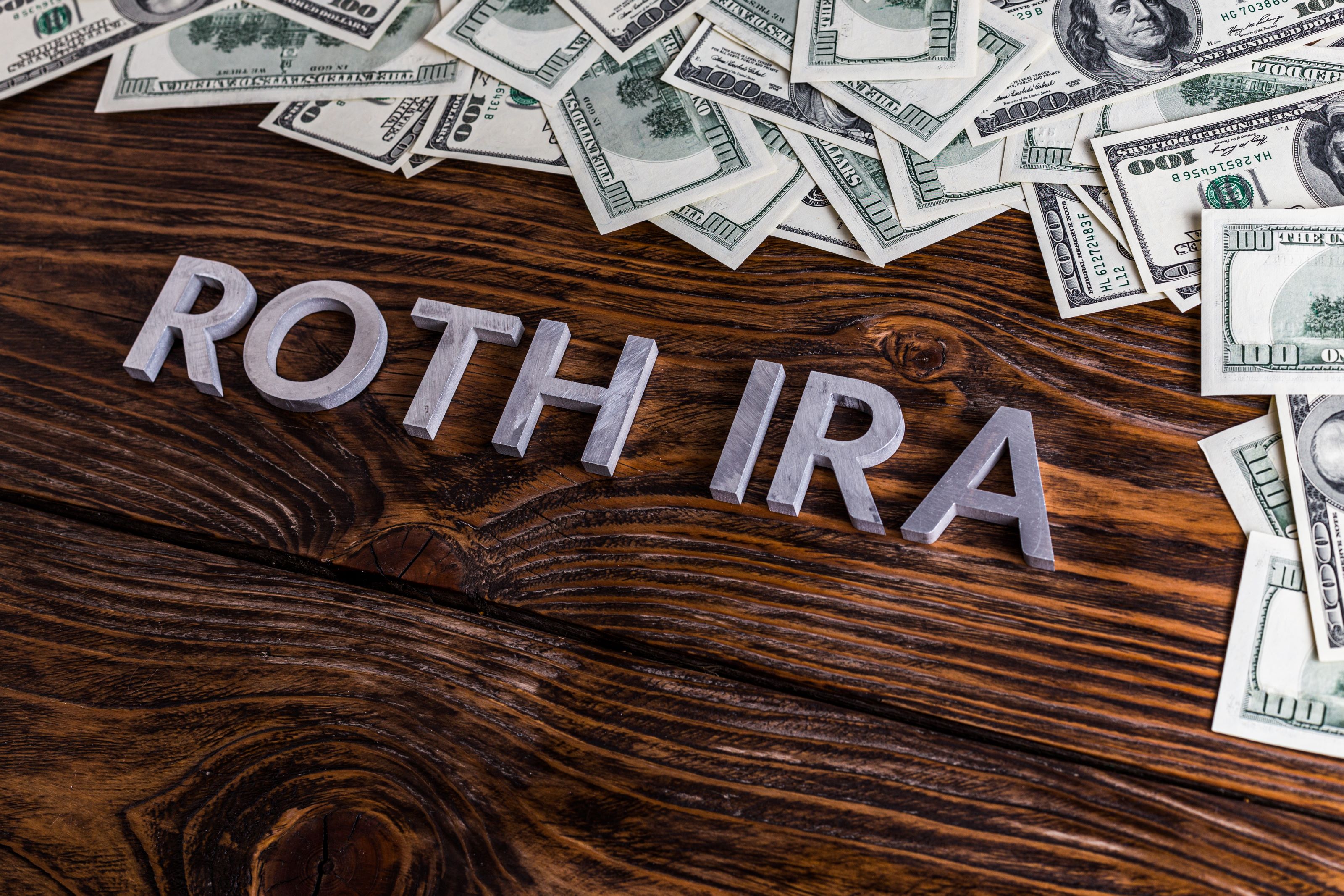How We Rank the Top Public College Values
How to Read the RankingsKiplinger's bases its rankings on a combination of academics and affordability.

How to Read the Rankings
Kiplinger's bases its rankings on a combination of academics and affordability. We start with data from more than 500 public four-year schools, provided by Peterson's/Nelnet, then add our own reporting.
SEE OUR SLIDE SHOW: 10 Top Values in Public Colleges, 2012
From just $107.88 $24.99 for Kiplinger Personal Finance
Become a smarter, better informed investor. Subscribe from just $107.88 $24.99, plus get up to 4 Special Issues

Sign up for Kiplinger’s Free Newsletters
Profit and prosper with the best of expert advice on investing, taxes, retirement, personal finance and more - straight to your e-mail.
Profit and prosper with the best of expert advice - straight to your e-mail.
We narrow the list to about 120 schools based on measures of academic quality -- including SAT or ACT scores, admission and retention rates, student-faculty ratios, and four- and six-year graduation rates, which most schools reported for the class that entered in 2004. We then rank each school based on cost and financial aid. Academic quality carries more weight than costs.
To assess costs, we look at the total expenses for in-state students (tuition, mandatory fees, room and board, and books); the average cost for a student with need after subtracting grants (but not loans); the average cost for a student without need after subtracting non-need-based grants; the average percentage of need met by aid; the percentage of students who borrow; and the average debt per student borrower at graduation.
To determine out-of-state rankings, we run the academic-quality and expense numbers again, this time using total costs for out-of-state residents and average costs after financial aid.
Our rankings focus on traditional four-year schools with broad-based curricula. As a result, schools that offer great value but focus on special or narrow academic programs, such as the military service academies, are excluded. Cornell University, best known as a member of the Ivy League, is another exception. Four of Cornell's colleges are part of the privately endowed university, which we consider a private institution. But three of Cornell's undergraduate colleges are land-grant state schools that cost much less -- about $25,000 a year for tuition and fees.
How We Calculate Value
Cost and financial aid (33%): We consider low sticker prices, generous need-based aid, and percentage of need met (the extent to which financial aid bridges the gap between the family’s expected contribution and the cost of attendance).
Student indebtedness (14%): With student borrowing on the rise, we now give extra points for low average debt at graduation and low percentage of students who borrow.
Competitiveness (22%): High test scores among incoming freshmen, a low admission rate and a high yield (the percentage of accepted applicants who enroll) indicate selectivity and intellectual synergy.
Graduation rates (18%): The sooner your kid gets a diploma, the more money you save. We give maximum points for the four-year graduation rate and half that amount for a strong six-year rate.
Academic support (13%): The number of students per faculty and the freshman retention rate measure the school’s ability to support its academic mission.
Marc A. Wojno, Jonny Jaldin, John Miley, Lauren Muthler, Susannah Snider and Michael Stratford compiled the data.
Profit and prosper with the best of Kiplinger's advice on investing, taxes, retirement, personal finance and much more. Delivered daily. Enter your email in the box and click Sign Me Up.

-
 Your Guide to Buying Art Online
Your Guide to Buying Art OnlineFrom virtual galleries to social media platforms, the internet offers plenty of places to shop for paintings, sculptures and other artwork without breaking the bank.
-
 Samsung Galaxy S25 Ultra for $4.99 a Month: A Closer Look at Verizon’s Deal
Samsung Galaxy S25 Ultra for $4.99 a Month: A Closer Look at Verizon’s DealVerizon’s aggressive pricing makes Samsung’s top-tier phone tempting, but the real cost depends on your plan and how long you stay.
-
 I'm 59 with $1.7 million saved and lost my job. Should I retire?
I'm 59 with $1.7 million saved and lost my job. Should I retire?We asked professional wealth planners for advice.
-
 9 Types of Insurance You Probably Don't Need
9 Types of Insurance You Probably Don't NeedFinancial Planning If you're paying for these types of insurance, you may be wasting your money. Here's what you need to know.
-
 Amazon Resale: Where Amazon Prime Returns Become Your Online Bargains
Amazon Resale: Where Amazon Prime Returns Become Your Online BargainsFeature Amazon Resale products may have some imperfections, but that often leads to wildly discounted prices.
-
 Roth IRA Contribution Limits for 2026
Roth IRA Contribution Limits for 2026Roth IRAs Roth IRAs allow you to save for retirement with after-tax dollars while you're working, and then withdraw those contributions and earnings tax-free when you retire. Here's a look at 2026 limits and income-based phaseouts.
-
 Four Tips for Renting Out Your Home on Airbnb
Four Tips for Renting Out Your Home on Airbnbreal estate Here's what you should know before listing your home on Airbnb.
-
 Five Ways to a Cheap Last-Minute Vacation
Five Ways to a Cheap Last-Minute VacationTravel It is possible to pull off a cheap last-minute vacation. Here are some tips to make it happen.
-
 How Much Life Insurance Do You Need?
How Much Life Insurance Do You Need?insurance When assessing how much life insurance you need, take a systematic approach instead of relying on rules of thumb.
-
 When Does Amazon Prime Day End in October? Everything We Know, Plus the Best Deals on Samsonite, Samsung and More
When Does Amazon Prime Day End in October? Everything We Know, Plus the Best Deals on Samsonite, Samsung and MoreAmazon Prime The Amazon Prime Big Deal Days sale ends soon. Here are the key details you need to know, plus some of our favorite deals members can shop before it's over.
-
 How to Shop for Life Insurance in 3 Easy Steps
How to Shop for Life Insurance in 3 Easy Stepsinsurance Shopping for life insurance? You may be able to estimate how much you need online, but that's just the start of your search.